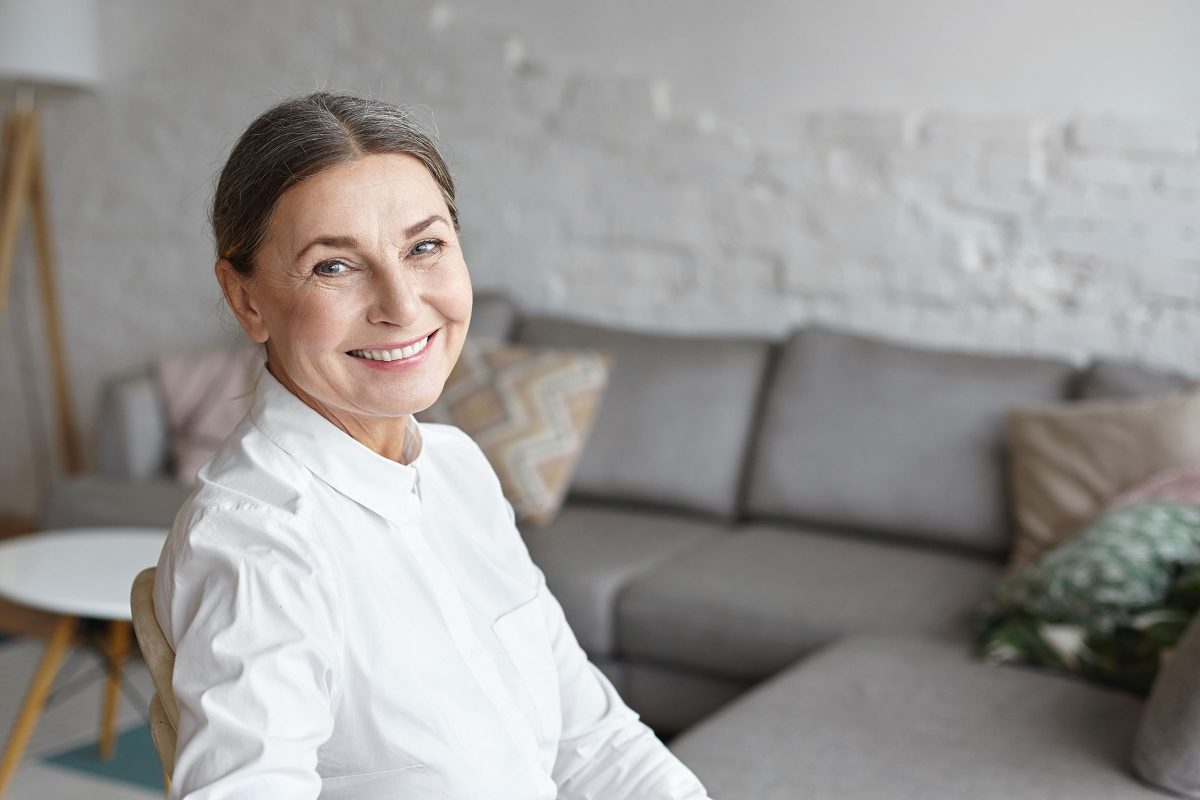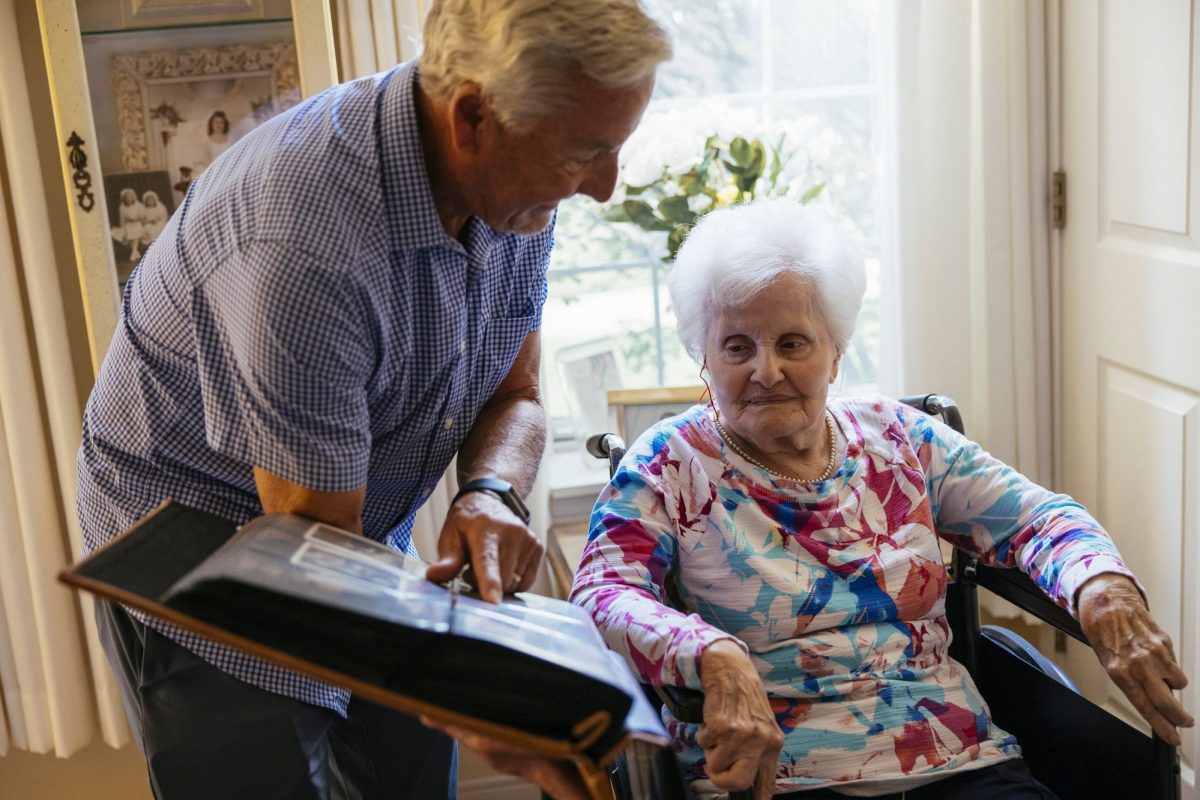Assisted living rate increase grows 4.65 percent — more than skilled nursing but less than home care

McKnight’s Senior Living
Lois A. Bowers
The annual median rate in assisted living increased nationally by 4.65% in 2021, according to the results of Genworth’s 18th annual Cost of Care Survey, released Wednesday.
Nationally, the annual median charge for a private, one-bedroom unit was $54,000 per year ($4,500 per month or $148 per day), the study found. The firm attributed the rate increase to shifts in the labor market and costs related to operators’ COVID-19 response.
“Even more than in prior years, the increased demand for labor and the current national labor shortage have made it more difficult to hire and retain long-term care professionals,” Genworth U.S. Life Insurance President and CEO Brian Haendiges said. “Those challenges are coupled with the broader trend of growing wages and increases in the cost of doing business associated with regulatory, employee certification and equipment costs, which have all been exacerbated by the pandemic.”
The change seen for assisted living is less than the increase seen for home care and more than the increase seen for skilled nursing, according to Genworth. The rate for a home health aide for activities of daily living help increased 12.5% in 2021 to an annual median rate of $61,776, whereas the rate for homemaker services increased 10.64% to an annual median rate of $59,488. Meanwhile, the national annual median rate for a semi-private room in a skilled nursing facility rose to $94,900, up 1.96% over 2020, Genworth said, and the rate for a private room in a nursing home increased 2.41% to $108,405.
The rate increases compared with last year, especially for home-based services, are significant, Genworth noted, but over the past five years, the average annual increase for such services has been in the 2%-to-6% range.
Labor expenses to remain high
Although labor costs are likely to remain high, Genworth said, care and services providers indicated that elevated costs associated with personal protective equipment, testing, vaccination status tracking and quarantining may subside as COVID-19 case counts decline. “However, it is likely that wide variability in care costs for markets across the U.S. will continue due to state and local regulations, demographics and population shifts,” the firm stated.
“There is fierce competition for a limited number of care professionals, and many are leaving the industry in pursuit of higher paying jobs or because of concerns about potential exposure to COVID-19 while on the job,” Haendiges said. “The costs of recruiting, retaining, and training new care professionals is likely to remain high as we approach 2023.”
States with highest and lowest rates
The five states (and the nation’s capital) with the highest median rate for assisted living in 2021, based on the price of a private, one-bedroom unit, according to tables published with the survey:
- Washington, D.C. – $83,730 per year, $6,978 per month or $229 per day
- Alaska – $81,960 per year, $6,830 per month or $225 per day
- Rhode Island – $81,915 per year, $6,826 per month or $224 per day
- Massachusetts – $78,000 per year, $6,500 per month or $214 per day
- New Jersey – $77,940 per year, $6,495 per month or $214 per day
The five states with the lowest median rate for assisted living in 2021, based on the price of a private, one-bedroom unit, according to the survey:
- Mississippi and Utah (tie) – $42,000 per year, $3,500 per month or $115 per day
- South Dakota – $40,200 per year, $3,350 per month or $110 per day
- North Dakota – $40,695 per year, $3,391 per month or $111 per day
- Kentucky – $41,370 per year, $3,448 per month or $113 per day
- Missouri – $36,000 per year, $3,000 per month or $99 per day
Results are based on 14,698 completed surveys from long-term care providers across the country; 6,183 of those completed surveys came from assisted living operators.
Assisted living rate increase grows 4.65 percent — more than skilled nursing but less than home care




